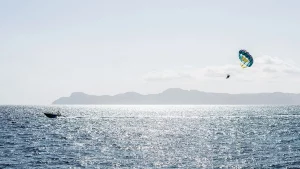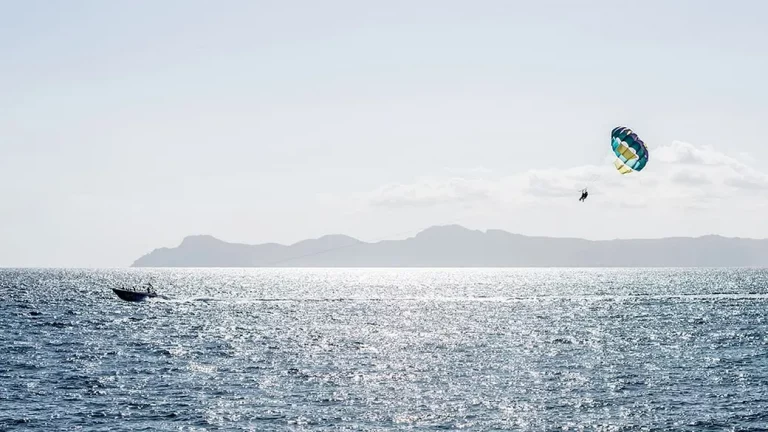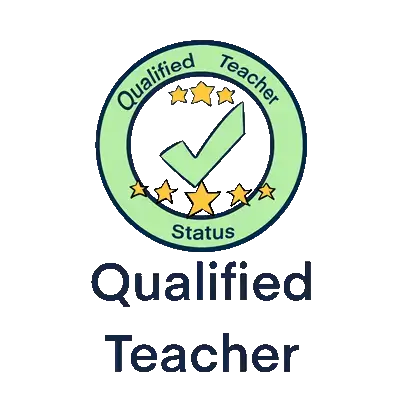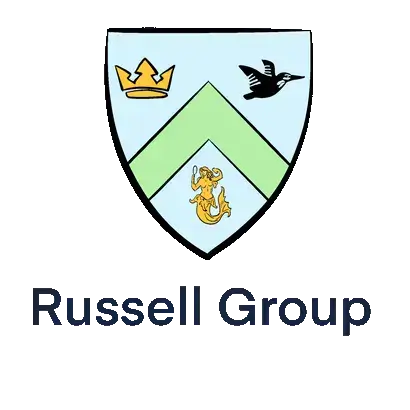Utopia IB Business Management Case Study May 2017
John sets up a holiday villa business on a Pacific Island. He also develops a locally sourced coffee business, with a coffee shop in a main tourist destination. He’s keen on a socially responsible business model. Both businesses grow and he invites his twins, son and daughter, to help with the coffee business.
Unfortunately, a storm wrecks most of the villas, which dents sales. He needs to raise funds to rebuild the villas. He uses internal sources again, rejecting external sources. Along with his children, he wants to expand the coffee business, though each child has a different perspective.
Click here for a list of business terms in the case study.
Key characters
John Ariki
Sole owner of private limited company Utopia.
Starts company around 2000.
Grows company from 12 to 24 villas.
Clear he is passionate about maintaining the culture of the local island and retaining local sources for suppliers. Ethically inspired decision-maker. He has a paternalistic approach to leadership.
In 2006 opens café (JAC) in island’s capital, which in turn becomes a significant tourist attraction in islands.
In 2011 hands over JAC operation to his twin children, Paul and Liza, to concentrate on Utopia.
Not keen on outside investors when rebuilding the business after the natural disaster in 2016.
Shows he wants the final say on all business decisions when considering growth options. Doesn’t want to compromise the vision or social responsibility.
Realises that the company structure will need to change if they need to expand
Liza (probably around 26 years old)
JAC human resource and finance manager.
An IB graduate.
Entrepreneurial and visionary, thinks globally rather than locally for coffee brand.
Wants to expand around the Pacific.
Not so keen on Paul’s plan for souvenirs.
Interested in exploring strategic alliances, joint ventures or franchising for JAC business.
Paul (probably around 26 years old)
JAC head of marketing and operations.
An IB graduate.
Well-travelled post-graduation.
Has experience in coffee café culture, and more inspired by small, socially responsible chains than multi-nationals.
Keen on product development and engaging with the local community.
Interested in using 3D printers to produce Utopia branded souvenirs.
Key topics to explore
Business plans
Reasons for devising a plan
Reasons for changing a plan
Ethics
Benefits and costs of being an ethical company
Social responsibility
Benefits and costs of being socially responsible
Suppliers and supply chain
Benefits and costs of using local suppliers – cost v convenience v relationships v social responsibility
Marketing
Income elasticity of demand (HL)
Price elasticity of demand (HL)
Methods of promotion for both businesses
Product development
Market research
Distribution channels
Brand loyalty
Operations
Technology – pros and cons of 3D printers
JIT for food and coffee
Quality control
Capacity utilization
Business structure
Private limited company v PLC
Finance
Sources of finance – internal v external
Gross profit margin, net profit margins
Capital expenditure / investment appraisal
Human Resource Management
Pros and cons of paternalistic style of management
Organizational structures/charts
Why organizational design is important as a business grows
External influences
Exchange rates
Crisis management and contingency planning
Growth of a business
Strategic alliances, joint ventures, franchising
Conflicts
Possible conflict between Paul and Liza on direction of business
Stakeholder conflicts – John avoids external finance – why
Related subjects
Our tutors are rated 4.9 / 5 based on 1116 reviews.








There is an evidence in the case study that after Utopia was hit by a natural disaster, John used up the internal sources of finance to rebuild it. This means Utopia has already been rebuilt after the villas were destroyed and damaged. ( See line 52-53 and 75-76 from the case)
Hi Ranu. You are right that Utopia is rebuilt by internal sources of finance. The 100 words summary can't capture that, but the comment on John does. However, on your point, I've made an adjustment to the tenses.
The key is that he hasn't yet used external sources.
Two main reasons:
1. Control
2. It's not going to get much bigger - location, environmental restraints.
However, for other parts of the business, will he relent?
1. Depends on the size of the new investment.
2. The desire to expand - not all entrepreneurs are ambitious for growth.
3. Available investors - more and more ethical funds becoming available.
4. Type of growth - which funding suits any suggested growth.
Hello Sir. Can you please explain and elaborate on what other parts of business are you specifically referring to?
Thank you.